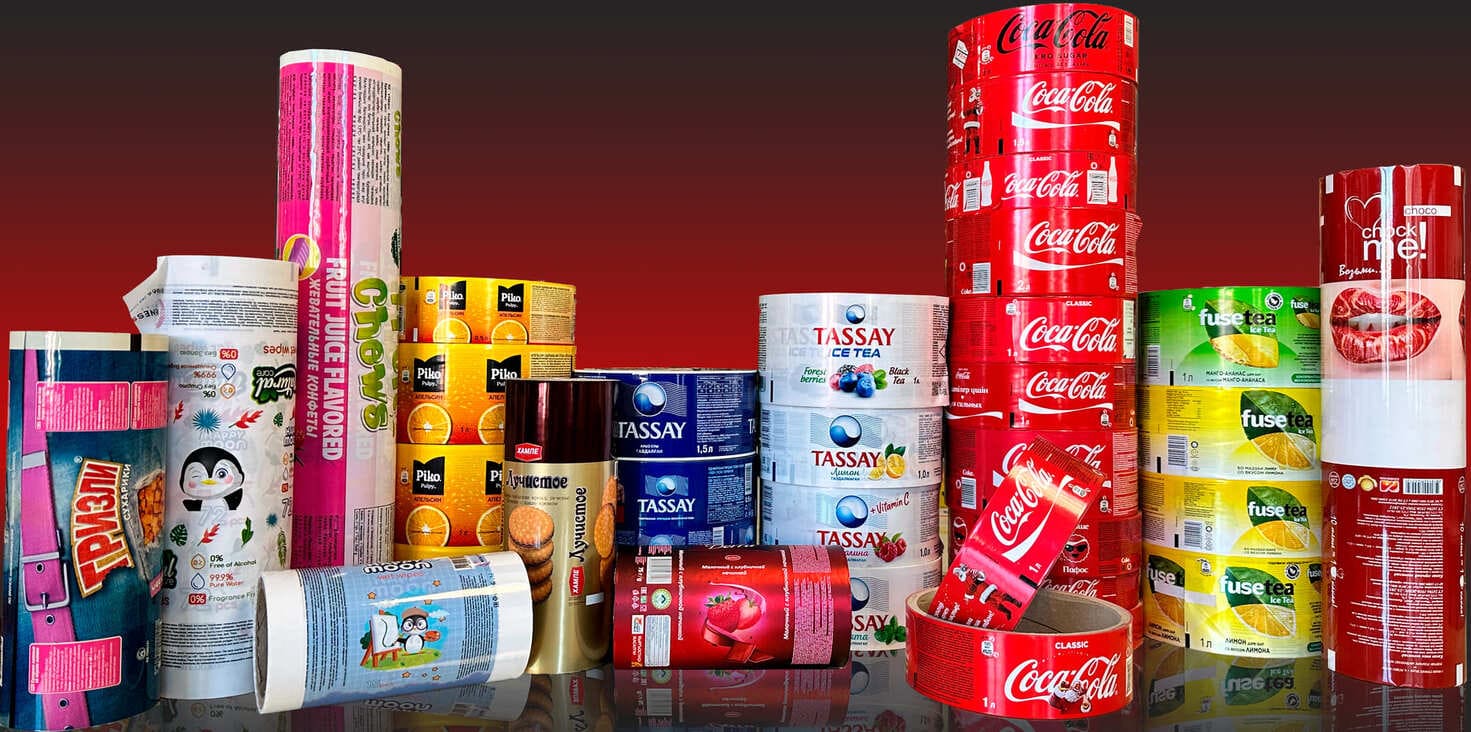The world of printing is vast and diverse, with printing inks playing a crucial role in the creation of vibrant and durable prints. However, the shelf life of these inks is an essential factor that affects the quality and longevity of the printed materials. In this article, we will delve into the intricacies of printing inks and shelf life, providing valuable insights for marketing professionals and anyone involved in the printing industry.

What Are Printing Inks?
Printing inks are substances used to transfer images or text onto various surfaces, such as paper, cardboard, or plastic. They consist of pigments, binders, solvents, and additives that work together to create the desired print quality. The composition and properties of these inks determine their suitability for different printing processes, including offset, digital, and flexography.
Factors Affecting the Shelf Life of Printing Inks
The shelf life of printing inks is influenced by several factors, including:
1. Ink Composition
The chemical makeup of the ink plays a significant role in determining its shelf life. Inks with a higher concentration of volatile solvents may have a shorter shelf life compared to those with stable components.
2. Storage Conditions
Proper storage is crucial for maintaining the quality and longevity of printing inks. Exposure to extreme temperatures, humidity, and light can degrade the ink, reducing its shelf life. It is essential to store inks in a cool, dry place, away from direct sunlight.
3. Packaging
The packaging of printing inks also affects their shelf life. Inks stored in airtight containers with minimal air exposure tend to last longer than those in poorly sealed packaging.
Extending the Shelf Life of Printing Inks
To maximize the shelf life of printing inks, consider the following tips:
1. Use High-Quality Inks
Investing in high-quality inks with stable compositions can extend their shelf life and improve print quality. Look for inks that meet industry standards and have been tested for longevity.
2. Maintain Optimal Storage Conditions
Ensure that the storage environment for your inks is cool, dry, and free from contaminants. Regularly check the storage conditions and make necessary adjustments to prevent ink degradation.
3. Implement Proper Inventory Management
Practice good inventory management by using older inks first and regularly rotating stock. This approach helps prevent inks from sitting unused for extended periods, reducing the risk of expiration.
Choosing the Right Printing Inks for Your Needs
When selecting printing inks, consider the specific requirements of your project and the intended application. Different inks are formulated for different printing processes and substrates, so it’s crucial to choose the right one for optimal results.
1. Offset Printing Inks
Ideal for high-volume printing, offset inks offer excellent color reproduction and durability. They are suitable for printing on paper and cardboard, making them a popular choice for packaging and promotional materials. Learn more about offset inks.
2. Digital Printing Inks
Designed for use with digital printers, these inks are perfect for short runs and customization. They provide vibrant colors and are compatible with a wide range of substrates, including paper, plastic, and fabric.
3. Flexographic Printing Inks
Flexographic inks are versatile and can be used on various materials, such as paper, plastic, and metal. They are often used for packaging and labeling applications due to their fast-drying properties and excellent adhesion.
Importance of Shelf Life in Printing Inks
The shelf life of printing inks is a critical consideration for businesses involved in printing and packaging. Using expired inks can lead to poor print quality, increased waste, and production delays. By understanding and managing the shelf life of inks, companies can ensure consistent quality and reduce operational costs.
Innovations in Printing Inks
Advancements in ink technology have led to the development of eco-friendly and solvent-free inks with extended shelf lives. These innovations benefit both the environment and businesses by reducing waste and improving print quality. Explore more about solvent-free inks.
Environmental Considerations
As environmental awareness grows, there is an increasing demand for sustainable printing solutions. Companies are encouraged to choose inks with low volatile organic compound (VOC) content and biodegradable properties. This shift not only benefits the environment but also enhances brand reputation and customer satisfaction.
Regulations and Compliance
Compliance with industry regulations is crucial for businesses using printing inks. Ensuring that inks meet safety standards, particularly for food packaging, is essential to protect consumers and maintain brand integrity. For more information on food-grade ink regulations, visit this guide.
Conclusion
Understanding the shelf life and properties of printing inks is vital for achieving optimal print quality and operational efficiency. By selecting the right inks, maintaining proper storage conditions, and staying informed about industry trends and regulations, businesses can ensure their printing processes remain effective and sustainable.

FAQ
1. What factors affect the shelf life of printing inks?
Several factors, including ink composition, storage conditions, and packaging, influence the shelf life of printing inks.
2. How can I extend the shelf life of my printing inks?
To extend the shelf life of your inks, use high-quality products, maintain optimal storage conditions, and implement proper inventory management practices.
3. Why is it important to consider the shelf life of printing inks?
Considering the shelf life of printing inks is important to ensure print quality, reduce waste, and avoid production delays. It also helps in maintaining cost-efficiency and sustainability.
This article contains affiliate links. We may earn a commission at no extra cost to you.






